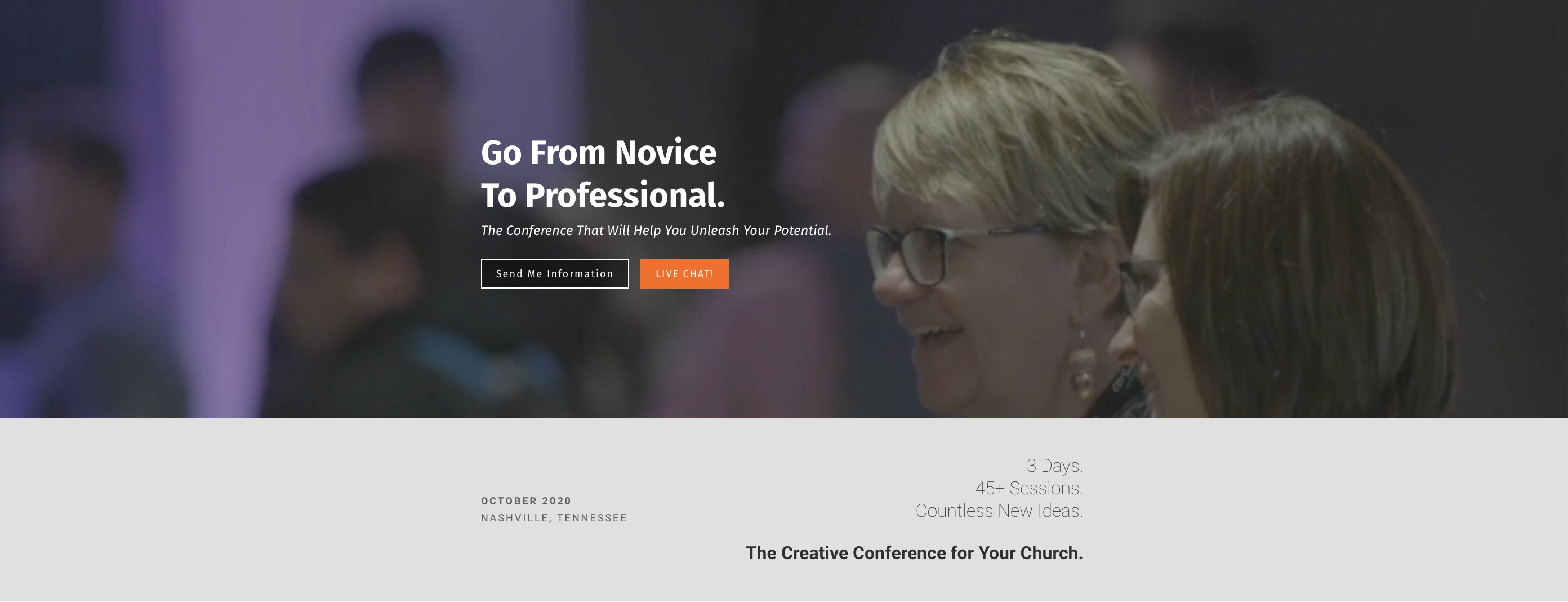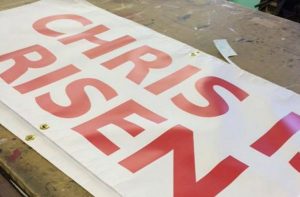Our Top 6 Proofreading tips are here to lessen the stress for your Sunday memos and announcements. Honestly just writing this gives me a bit of anxiety because there is so much pressure to make sure I proofread the article about proofreading. It can be an extensive process, but with these proofreading tips it should help set a good system for you to use in your own proofreading.
Edit For Content and Clarity
- On your first run through, check for content: did you successfully convey your message?
- Make sure the relevant information is in there: think the three W’s: what, when, and where! It can be easy to overlook some pretty major details. When we launched our “Why Attend Salt?” page for SALT19, we originally put in all sorts of details, but forgot to put the most important one: the dates of the conference. We got a lot of inquisitive emails about that one. The screenshot below shows the page before we updated it.

Double-check the logistical information
- In the first step you checked the 3 W’s but did you make sure that the dates matched those particular days of the week? The last you want are a slew of emails saying “You said Thursday the 20th, but Thursday is the 21st. Did you mean Wednesday the 20th? Or Thursday the 21st?”
- Reference more than one source to double check how a word or person’s name is spelled; the extra time now will save you frustration later!
Make a few passes
- On each pass, focus on one thing: wording, consistency, grammar, spelling, etc. and then do one final pass at the end.
- Wording – Make sure that it reads well and that you didn’t forget a word (spellcheck won’t catch missed words). I typically do this pass reading out loud and focus on the wording. Some things may look good in writing, but when you read them out loud, you realize what it sounds like…like this church bulletin blooper:
“Eight new choir robes are currently needed due to the addition of several new members and to the deterioration of some older ones.”
- Consistency – This can mean different things depending on what you are proofreading. If it is a passage then tense is important.
- Spelling – When you check for spelling, try reading each word backwards. I started doing this some time ago and it really helps me concentrate on the spelling.

Who’s Chris?
Check the style consistency
Make sure you are using the same font and size throughout the article (except when you have a bigger font for titles and headings, obviously). Additionally make sure you are consistent on the use of punctuation, for instance is it a.m or AM.
Check For Clarity
Try to read your article with an outside perspective. You are likely the expert on whatever you’re writing–are you using terminology that’s difficult for another person to understand? Is your message clear to someone with little information?
Ask For Help
Always have another person look over what you’ve written! As the author, your eyes will glaze over mistakes because you know what you meant to write. (And make sure the person you ask isn’t afraid to be picky!)
I hope these 6 Tips help you navigate your next Proofreading project. I guarantee there will be times when things are missed but by setting up a good process you will lessen the chance of mistakes.


